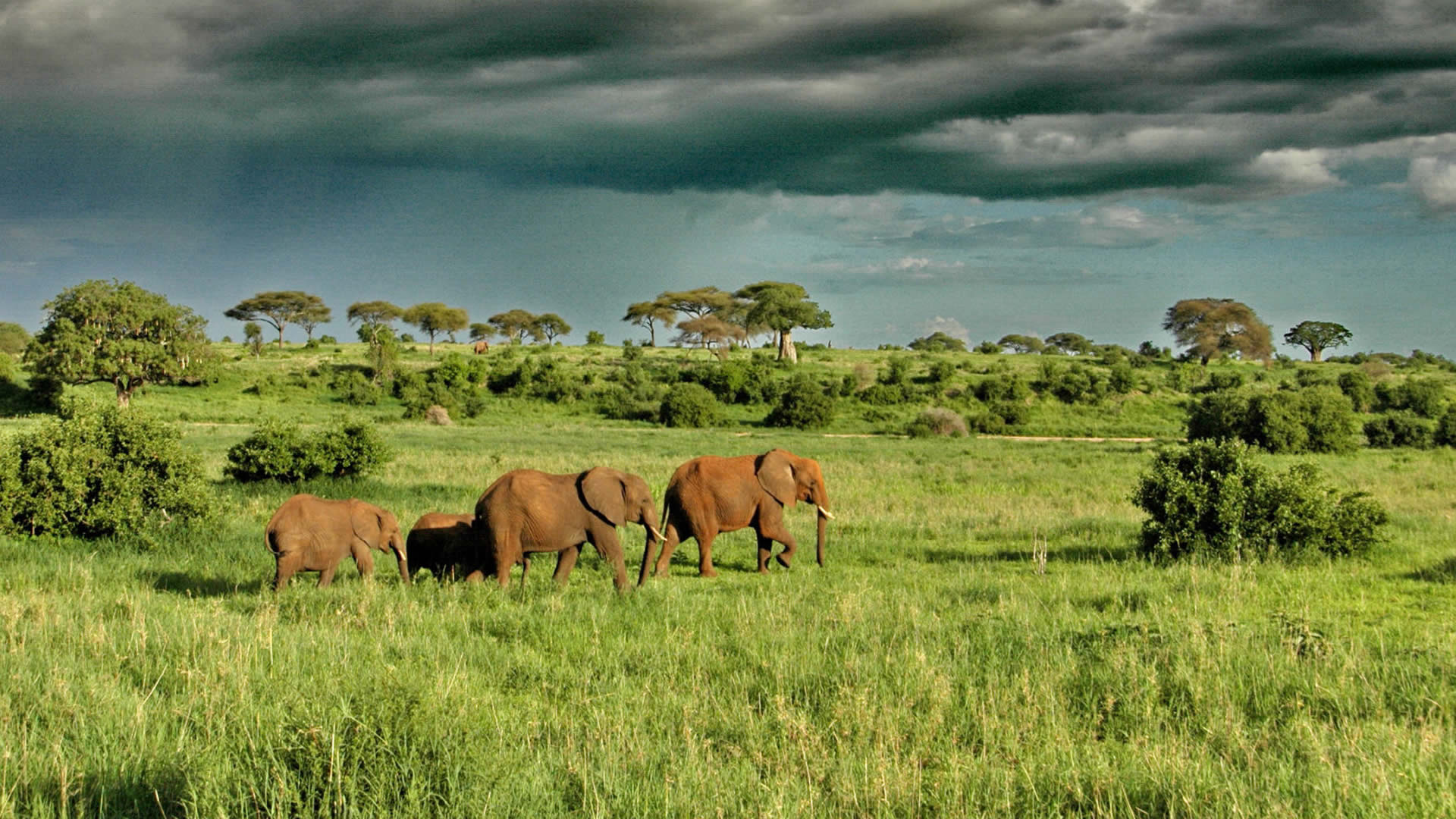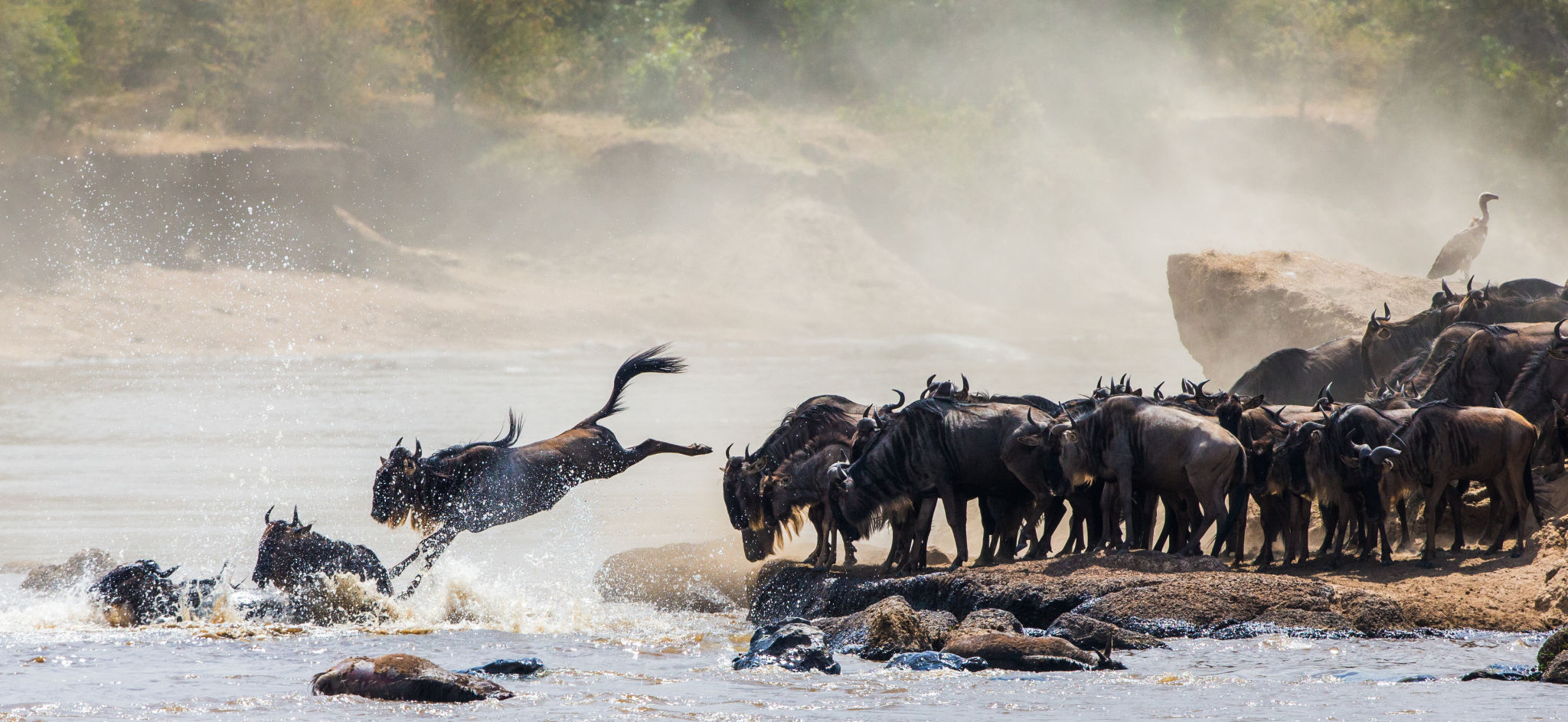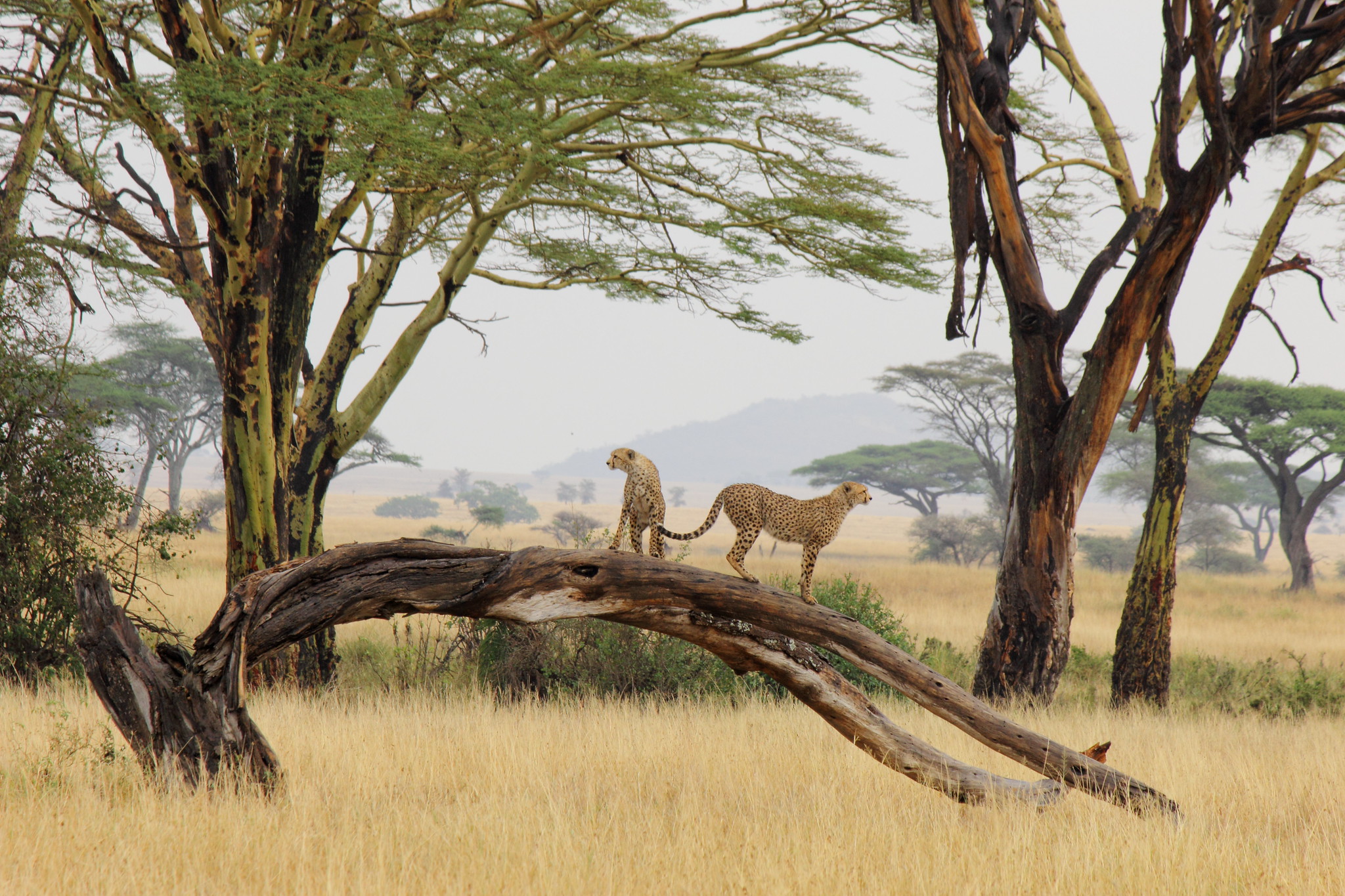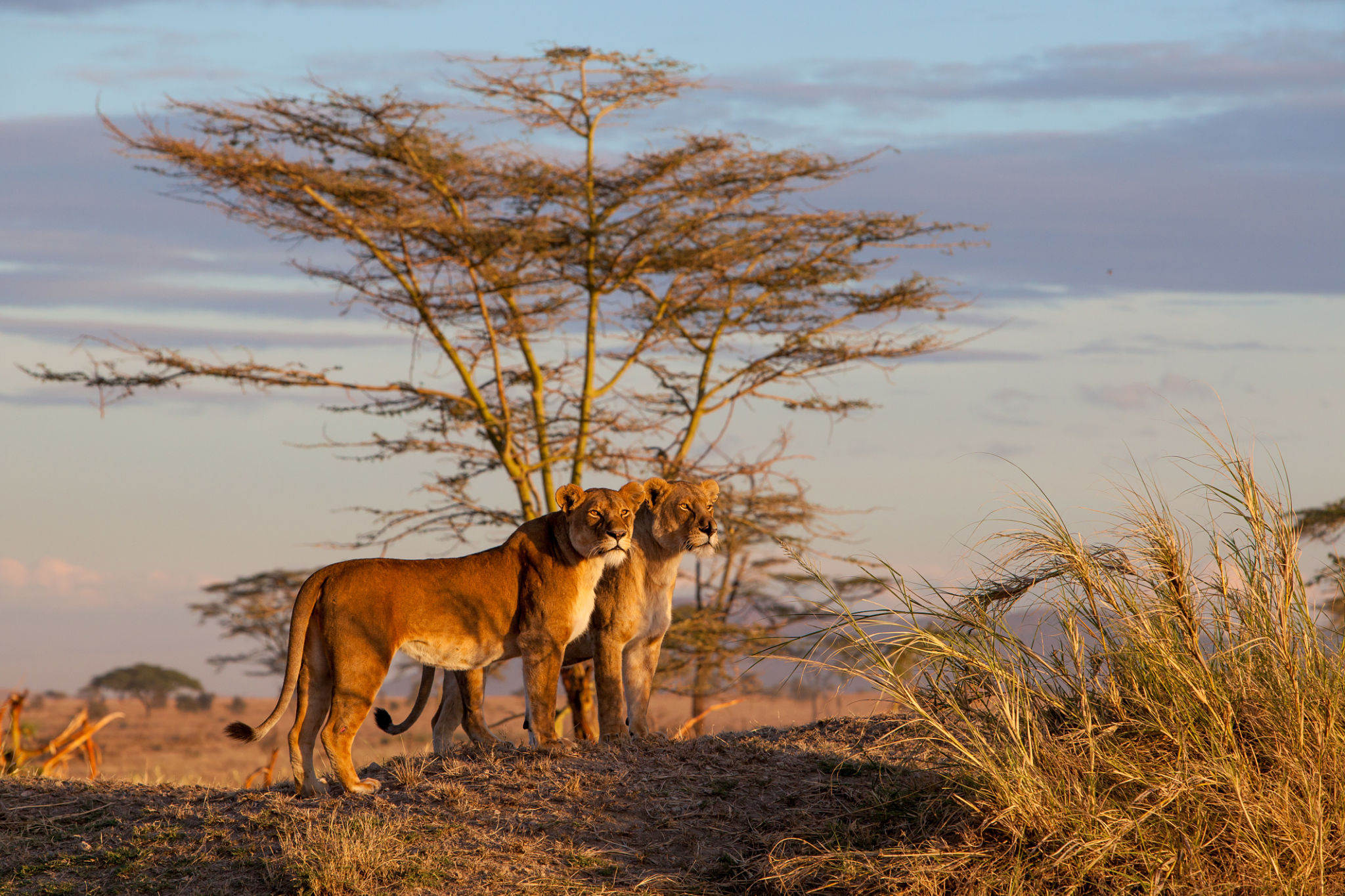7-Day Soul of Tanzania
Trip Overview
You have a better chance of seeing the Great Wildebeest Migration if you take this tour. The Lobo Area (north of the central Serengeti National Park) and the Wagakuria Area (a remote northern area of the park), where the majority of the migration is typically found from August to October, are both included in the itinerary. This itinerary has been set up so that you fly back to the town of Arusha from the park, extending your time spent watching the wildlife. An excursion to the Ngorongoro Crater is also included.
(JRO) – Arrival (Arusha, Tanzania)
You will be met by a senior safari guide at Kilimanjaro International Airport and driven to the hotel in Arusha for dinner and an overnight stay.
The capital of the Arusha Region and a city in northern Tanzania, Arusha has a population of 416,442 as well as 323,198 in the nearby Arusha District. On the eastern rim of the eastern branch of the Great Rift Valley, below Mount Meru, is the city of Arusha. The weather in Arusha is moderate. The Serengeti National Park, the Ngorongoro Conservation Area, the Lake Manyara National Park, the Olduvai Gorge, the Tarangire National Park, Mount Kilimanjaro, and the Arusha National Park on Mount Meru are all within easy driving distance of the city.
Arusha – Ngorongoro
You’ll leave for the Ngorongoro Conservation Area after breakfast. You’ll get to the lodge just in time for lunch, and after that, we’ll descend over 600 meters to the crater to see the wildlife there.
The Ngorongoro National Park provides year-round water and food for a wide range of animals, including herds of wildebeest, zebra, buffalo, eland, warthog, and enormous African elephants. The abundance of predators in this picturesque national park, which includes lions, hyenas, jackals, cheetahs, and the ever-elusive leopard, which can sometimes require a trained eye to spot, is another major draw. The largest but shallow alkaline lake in the crater’s southwest corner, Lake Magadi, will also be on our itinerary. Hippos, flamingos, and other water birds are frequently spotted here.
Ngorongoro – Serengeti (Central Seronera)
After breakfast, you’ll go on a morning game drive in the Ngorongoro Crater with a picnic lunch. In the late afternoon, we’ll travel to the Serengeti National Park, which is home to endless plains that stretch as far as the eye can see. We’ll head to the Lobo region, which is near the Seronera region (central Serengeti National Park). Every year, around July or August, the wildebeest migration usually passes through the Lobo region on its way to Kenya’s Masai Mara Game Reserve, and it does so again in late October or early November on its way to the southern Serengeti National Park.
Serengeti (Seronera area )
Enjoy a full day of game viewing in the park after breakfast. All year long, there is good resident game in the area around Lobo and the Grumeti River. All year long, it is possible to see non-migratory animals like elephants, buffalo, gazelles, zebras, lions, leopards, and cheetahs. One of the neglected areas of the Serengeti Plains, the game viewing is excellent and you can follow the game for extended periods of time without seeing other vehicles. Along the river’s banks are magnificent riverine trees and a variety of birds, including fish eagles and kingfishers.
Serengeti (Cental ) – Northern Serengeti (Kogatende Area)
After breakfast, we travel to the Wagakuria region of the Serengeti National Park, which is located in the park’s far north. While traveling from the Lobo area to the Wagakuria area, we will go on a game drive. Good sightings of giraffe, plain game, buffalo herds, and elephants are frequently seen as we travel north.
We get to the lodge in time for lunch, and afterward, we’ll go on an afternoon game drive. Depending on rainfall patterns, the wildebeest migration typically occurs in the Wagakuria region from August to October. The Mara River, which flows through a significant portion of the northern Serengeti National Park, presents the migration with its most challenging barrier. It’s amazing to watch the wildebeest herds rush across the Mara River.
Northern Serengeti (Kogatende)
Enjoy a full day of game viewing in the Wagakuria region after breakfast. With prides of lion up to 30 strong, resident wildlife populations are exceptionally high in this region of the park, but from August to October, the area transforms into a wildlife haven. The Mara River is the main feature, and it is common to see the herds cross it once, heading north, and then again, heading south, a few days later. Please be aware that finding a crossing can occasionally depend on luck and is very difficult. A herd is visible near the river, but it takes them a few days to decide whether to cross or not. Similar to Kenya’s Masai Mara Game Reserve, this area is stunning with kopjes, woodland, riverine vegetation, and open plains.
Northern Serengeti (Kogatende) – Arusha
We leave for Kogatende Airstrip after breakfast at the camp, enjoying a game drive en route. Join a scheduled flight from Kogatende airstrip to Arusha airport around midday. Meet our driver at the Arusha airport, and he will take you into the city of Arusha. After arriving, we will eat lunch before calling our African safari excursion a wrap. Our safari services are completed when we transport you to your hotel.
End of safari
Tours & Safari
Experience our Tailor-made Tours in Tanzania
Popular places to visit in Tanzania
Destinations
These locations, which we know to be consistently popular with our visitors, are a big part of our suggested itineraries for trips to Tanzania. You can design a route that best suits your preferences based on how you decide to include them in your trip.




